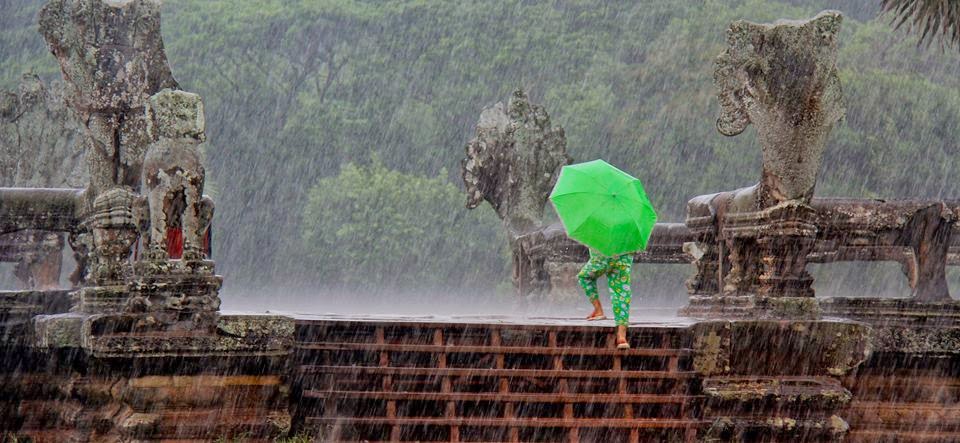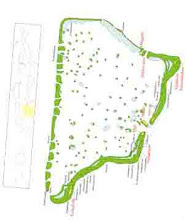Angkor is one of the most important archaeological sites in South-East Asia. Stretching over some 400 km2, including forested area, Angkor Archaeological Park contains the magnificent remains of the different capitals of the Khmer Empire, from the 9th to the 15th century. They include the famous Temple of Angkor Wat and, at Angkor Thom, the Bayon Temple with its countless sculptural decorations. The Angkor complex encompasses all major architectural buildings and hydrological engineering systems from the Khmer period and most of these “barays” and canals still exist today. All the individual aspects illustrate the intactness of the site very much reflecting the splendor of the cities that once were. Angkor is one of the largest archaeological sites in operation in the world and UNESCO has set up a wide-ranging programme to safeguard this symbolic site and its surroundings. Tourism represents an enormous economic potential but it can also generate irreparable destructions of the tangible as well as intangible cultural heritage. Visiting Angkor complex is a life time experience, for its beauty and for the history. Tourism seams to appear in all forms! In a back of an elephant, in a tuck-tuck ride, crowds expecting the wonder of the sunset, sleeping face admiring the sunrise over the stupas. But! Are we paying attention to all the details? Do we really see everything? What about people who lived within the Angkor Wat enclosure. Do we think about their feellings? Many people may not know that when the French first began to do research and conservation at Angkor Wat that there were Buddhist monks living very close to the main temple entrance. In fact, there are actually two Buddhist Wats within the Angkor Wat enclosure, called Wat Cheung (northern wat) and Wat Tbong (southern wat). In my visit to Angkor in 2013, while admiring this important archaeological site, I realize the importance that those faces had to me. No meter the fact that they are the workers working on the restoration of the site or just children playing, or making a living for a few dollars from the tourists, they were the true meaning of “my” Angkor Vat. Of course, having people live close to heritage sights can create many tricky issues. But they are part of this magnificent place, and we must respect that. This is the experience I wanted to share with my photos too.
Ponto de partida e de chegada. Lisboa
-
Às vezes tento ler o meu futuro. Não nos astros, nem nas cartas, nem na
palma da mão. Tento lê-lo dentro de mim. Mas encontro tantas páginas soltas
que nã...

















Sem comentários:
Enviar um comentário